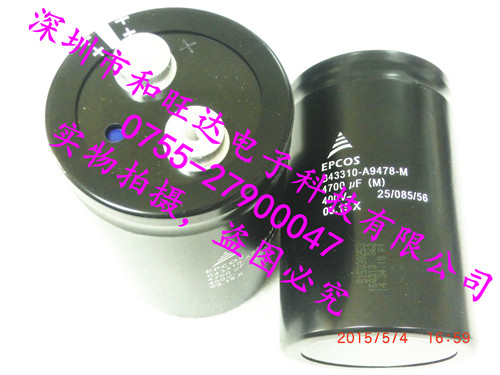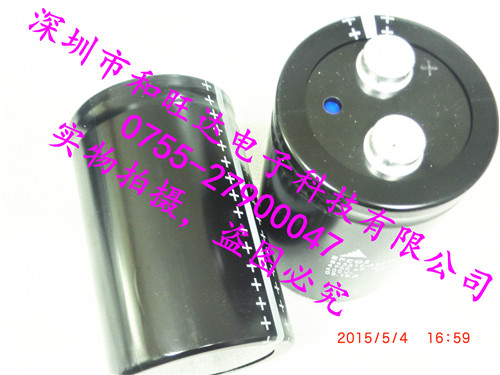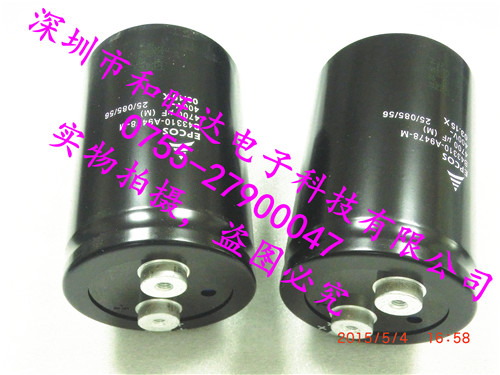


Characteristics
Characteristics of electrolytic capacitors: The capacitance per unit volume is very large, tens to hundreds of times larger than other types of capacitors.
Electrolytic capacitors feature two: the rated capacity can be very large, can easily achieve tens of thousands of μf or even a few f (but not with the double layer capacitance).
Electrolytic capacitors are characterized by three: the price is overwhelmingly superior to other types, because the constituent materials of electrolytic capacitors are common industrial materials, such as aluminum.
principle
Electrolytic capacitors are usually made of metal foil (aluminum/bismuth) as a positive electrode, an insulating oxide layer of aluminum foil (aluminum oxide/yttrium oxide) as a dielectric, and electrolytic capacitors are divided into aluminum electrolytic capacitors and tantalum electrolysis by their positive electrodes. Capacitor.
The negative electrode of the aluminum electrolytic capacitor is composed of a thin paper/film or an electrolyte polymer immersed in an electrolyte liquid (liquid electrolyte); the negative electrode of the tantalum electrolytic capacitor is usually manganese dioxide. Since the electrolyte is used as the negative electrode (note that it is distinguished from the dielectric), the electrolytic capacitor is named after it.
application
Polar electrolytic capacitors usually function as power supply filtering, decoupling, signal coupling, time constant setting, and DC blocking in power supply circuits or intermediate frequency and low frequency circuits. Generally, it can not be used in the AC power supply circuit. When used as a filter capacitor in the DC power supply circuit, the anode (positive electrode) should be connected to the positive terminal of the power supply voltage, and the cathode (negative electrode) should be connected to the negative terminal of the power supply voltage. Otherwise it will damage the capacitor.
Non-polar electrolytic capacitors are commonly used in speaker divider circuits, television S correction circuits, and start-up circuits for single-phase motors.
Electrolytic capacitors are widely used in household appliances and various electronic products. They have a large capacity range, generally 1~1000μF, and the rated working voltage range is 6.3~450V. The disadvantage is that the dielectric loss and the capacity error are large (the maximum allowable deviation is +100%, -20%), the high temperature resistance is poor, and the storage time is long and easy to be invalid.
The polarity of the electrolytic capacitor, pay attention to observe that there is a "-" on the side of the electrolytic capacitor, which is the negative pole. If the positive and negative electrodes are not indicated on the electrolytic capacitor, it can also be judged according to the length of its lead. The long leg is the positive pole and the short leg. It is the negative electrode.